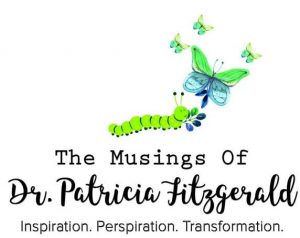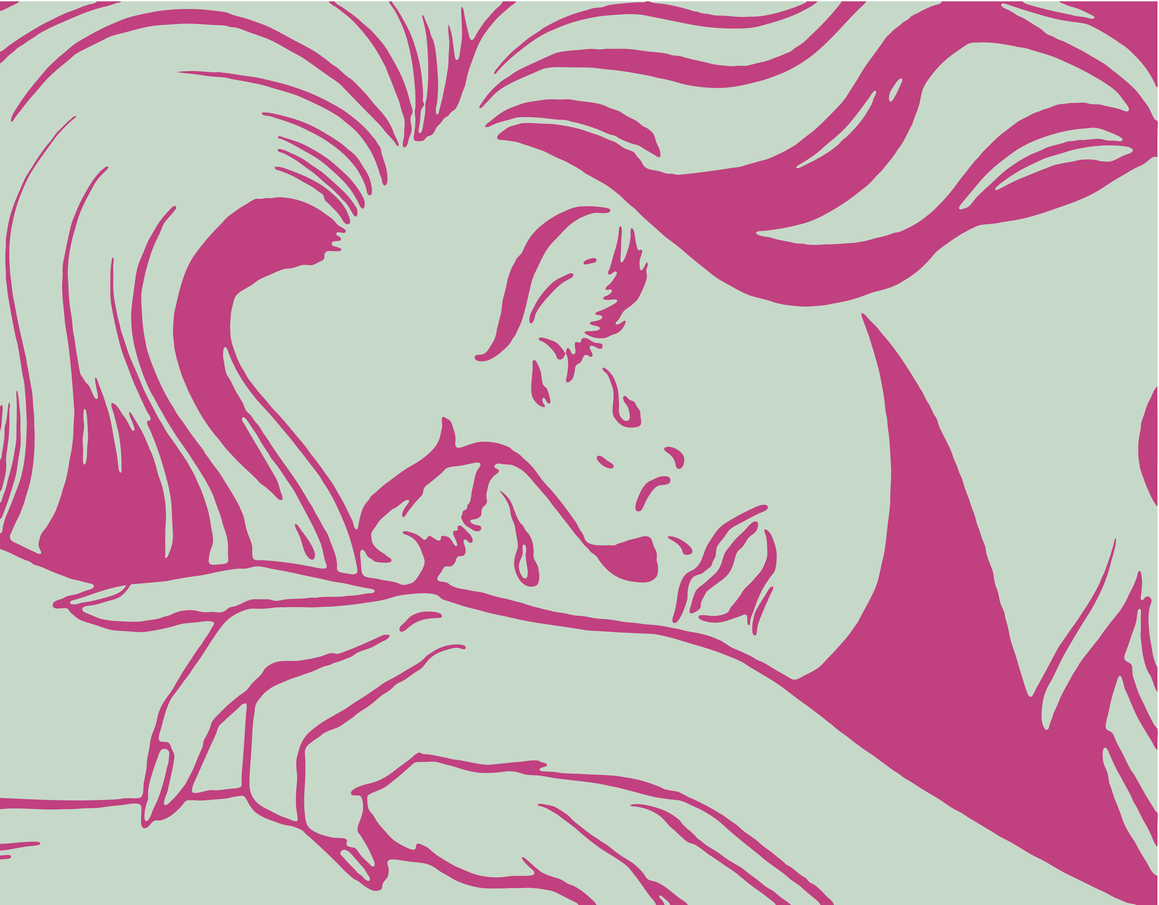Adopting an attitude of gratitude has become a healthy trend of late.
Part of this is due to emerging science validating the health benefits of practicing gratitude, including:
- A more optimistic state of mind
- Less anxiety
- Better sleep
- Improved immunity
- Healthier levels of stress
- Higher performance
- And better cognitive function, to name but a few
But, have you ever wondered how the simple act of being grateful works to accomplish all this?
As a curious person and healthcare practitioner, I’ve spent years observing how our thoughts and attitudes affect our health.
For example, I’ve noticed it’s often much more challenging for pessimistic people to heal, even if they do “all the right things” with their diet, exercise, etc.
Conversely, I’ve been fascinated by some optimistic patients who do many of the “wrong things” (eat sugar, work out sporadically, forget to take their herbs, etc.), yet still manage to maintain a fairly robust level of health.
There are exceptions of course, but after years of practice it’s difficult to deny the connection between the overall health of the gratitude seekers vs. the pessimists.
But, most would view my observations as anecdotal evidence…and fair enough.
So I began digging deeper, and discovered new research which explains how gratitude rewires our brains for better health and happiness.
In the interest of simplicity, I’ve taken that research and distilled it down to the following:
3 Ways Practicing Gratitude Changes Your Brain
#1: It activates your hypothalamus
Your hypothalamus is located at the center of your brain and influences a wide range of biochemical functions, including hormonal balance, body temperature, thirst, weight, sleep, libido, blood pressure, digestion, and balancing bodily fluids.
Researchers have found that when experience feelings of gratitude, we increase blood flow to specific parts of the brain, including the hypothalamus, which results in higher levels of activity 1.
This explains why writing in a gratitude journal, for example, has shown so effective in improving many areas of health, including better exercise habit, improved sleep and healthier metabolism…
…they’re all influenced by your hypothalamus.
#2: Regular gratitude practice creates new neural pathways in your brain
We discussed how this works in a previous article: “The Easiest Way to Stop Negative Thinking in its Tracks”.
To recap: when we allow an absence of gratitude to rule our thoughts, our brain gets comfortable with this type of mindset.
An absence of gratitude can manifest in many sneaky or subtle ways such as:
- Chronic complaining
- Self-pity
- An unhealthy level of skepticism
- A victim mentality
- An attitude of constant criticism (self or otherwise)
- Dishonesty
- Or by identifying as a “pessimist” or “negative person”
Each time we “indulge” in a lack of gratitude, it reinforces that specific pathway in the brain while giving us a little hit of stress-related hormones, like cortisol .
This is the exact same biochemical process that happens when we reinforce any bad habit—such as gossiping, binging on desserts, or smoking a cigarette—it triggers our brain’s pleasure center to keep us coming back for more.
Thus, the only way to break free from this negative downward spiral is to create new neural pathways. And practicing gratitude is an effective way to accomplish this.
You see, science has shown that every time you express gratitude or self-compassion through journaling, verbal appreciation, or giving you’re creating a new neural pathway which will lead to greater happiness, compassion, and appreciation2, 3.
#3: Gratitude facilitates the release of feel good neurotransmitters and hormones
While the absence of gratitude causes the release of potentially damaging stress hormones, an attitude of gratitude releases a symphony of beneficial brain chemicals.
Three of these include:
- Dopamine—the neurotransmitter associated with a sense of reward, satisfaction, and pleasure.
- Serotonin—the “feel good” neurotransmitter responsible for regulating mood, sleep, energy, and more
- Oxytocin—also known as “the bonding hormone”, responsible for attachment, healthy libido, and meaningful relationships
Not only will greater levels of these brain chemicals make you feel happier, but optimal levels have been associated with decreased risk of mental and physical illnesses such as depression, anxiety, insomnia, lowered immunity, chronic stress, and hormonal imbalance4,5, 6.
Breaking the cycle, tips on switching to a gratitude mindset
It may sound reasonable enough to make the switch from being ungrateful to being grateful as soon as possible…but, old habits die hard!
The good news is, you’ve already taken the first step by becoming aware it.
The following tips will help make the switch to an attitude of gratitude much quicker and easier:
Tip #1: Read my previous article: “The Easiest Way to Stop Negative Thinking in its Tracks”, and focus on changing your words instead of your thinking.
Tip #2: Experiment with how you express gratitude. Sure, gratitude journaling may be all-the-rage, but not everyone enjoys journaling.
Remember, this is not a one-size-fits all practice and gratitude comes in many different forms.
For example, you may try to compliment 3 people a day, appreciate something beautiful in nature, call up a friend or family member to show your appreciation, offer up your gratitude in meditation or prayer, volunteer, or simply say five things you’re grateful for out loud.
If free-style writing isn’t your thing, there are many excellent gratitude journal templates you can use to keep yourself on track.
Tip #3: Buddy up. It’s a lot easier to adopt a new habit if you have a friend or family member supporting you. Tell others what you’re doing and see if they want to join in, then hold each other accountable.
Tip #4: Nip complaining in the bud. As outlined in my previous article, complaint is the #1 enemy of gratitude. And it’s so accepted in society, most of us don’t even realize when we’re complaining.
Use the tips in the previous article to free yourself from chronic complaining.
Tip #5: Re-evaluate relationships built on an absence of gratitude. You know the ones I’m talking about, friendships built on gossip, complaint, self-destructive behavior, criticism, or pity parties.
Often we find that old habits die hard, so it is important to surround yourself with people who nurture those new habits you’re seeking to adopt.
I know I’m so grateful for the readers of my blog and the community of like-hearted people I get to connect with to spread love and peace and joy throughout the world!
In gratitude,
Dr. Patricia







